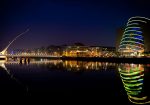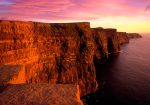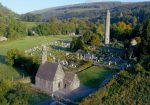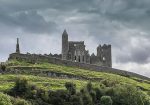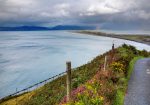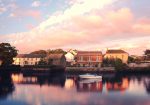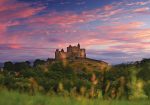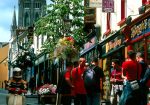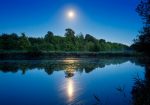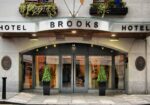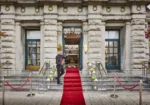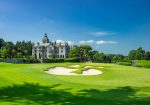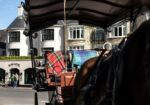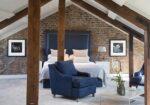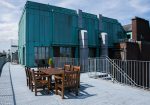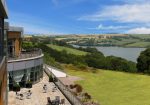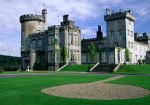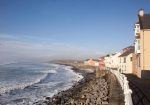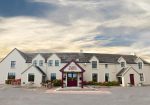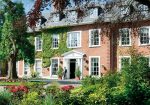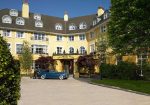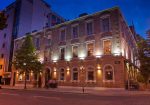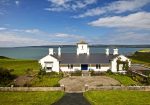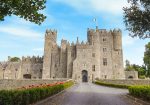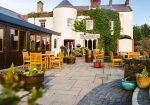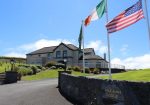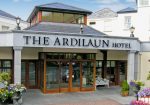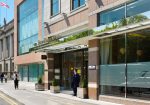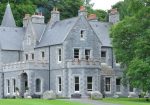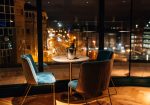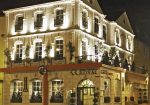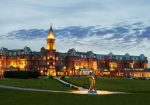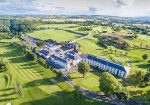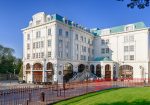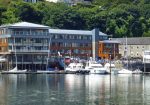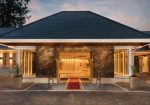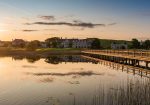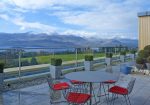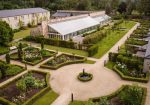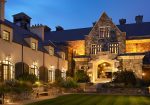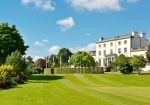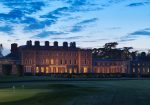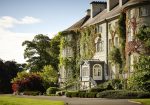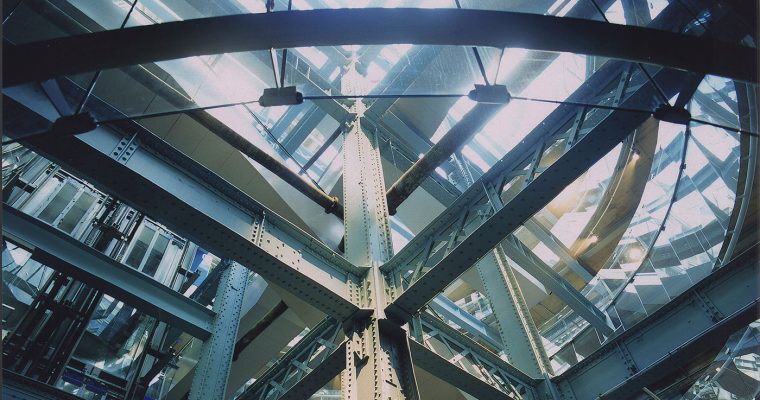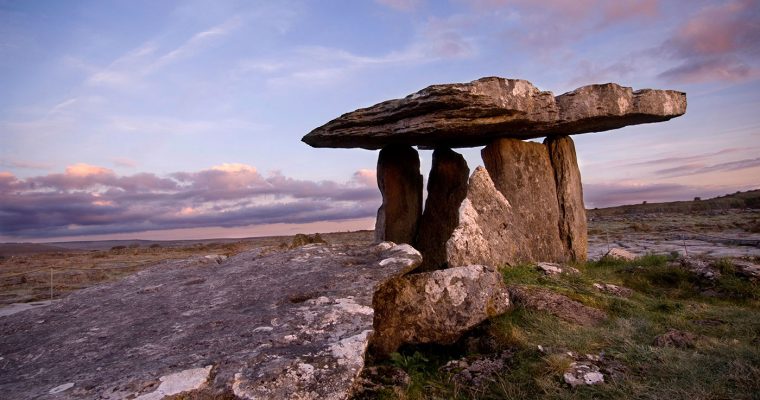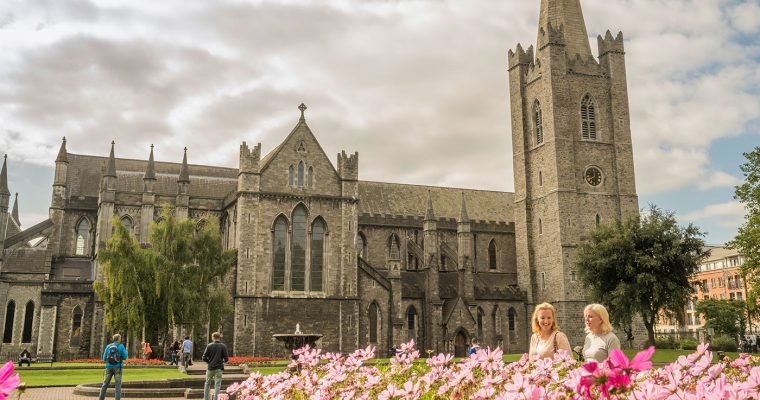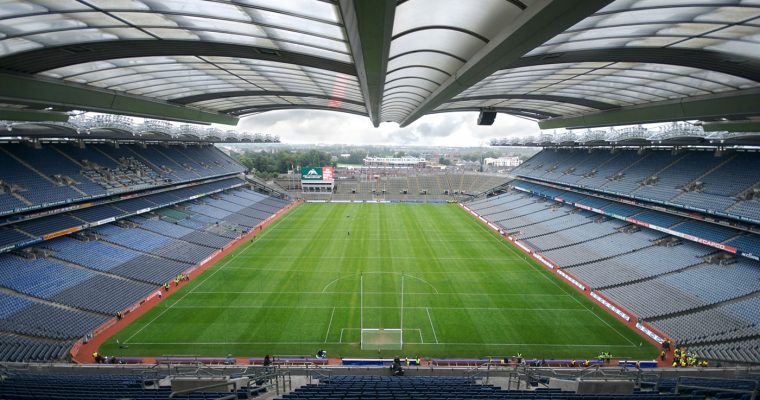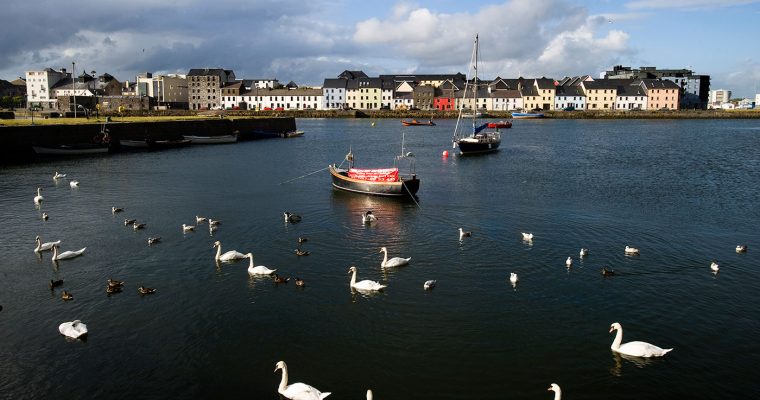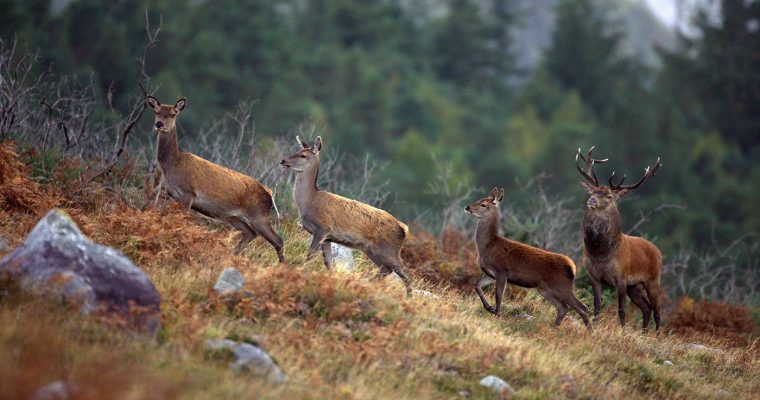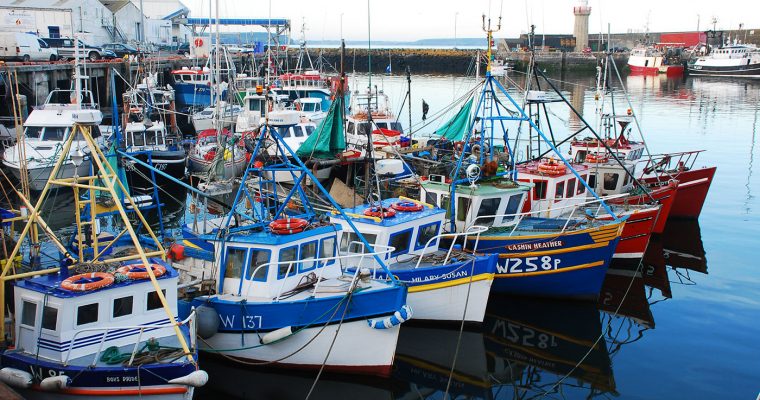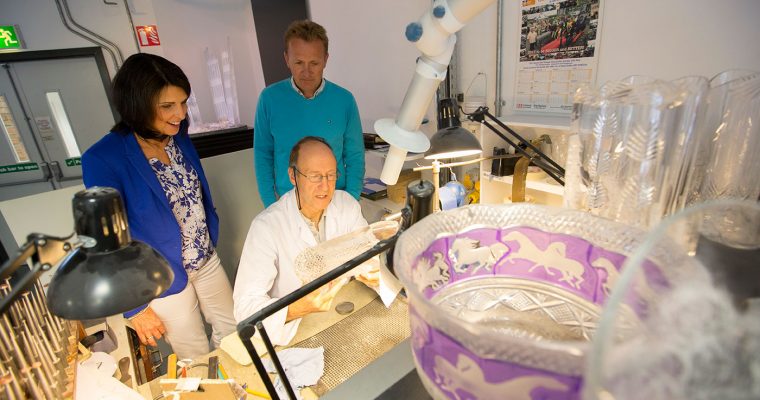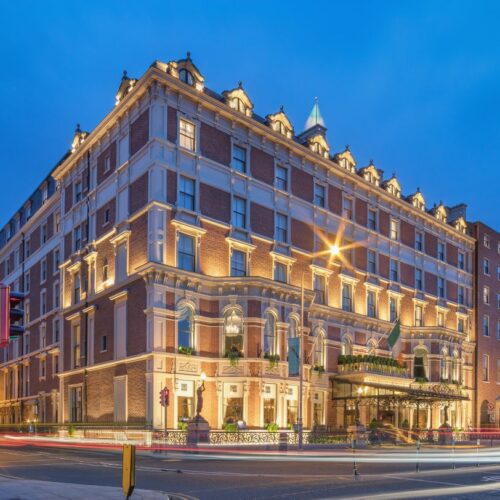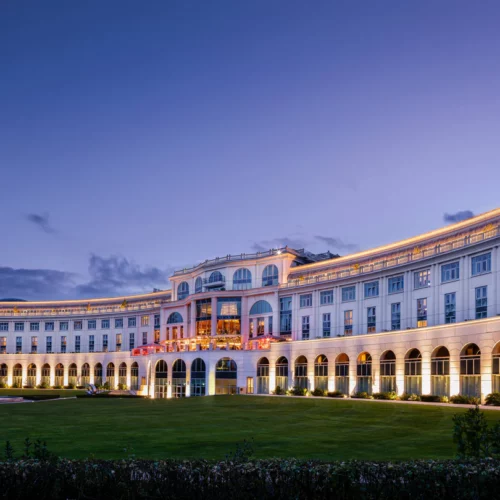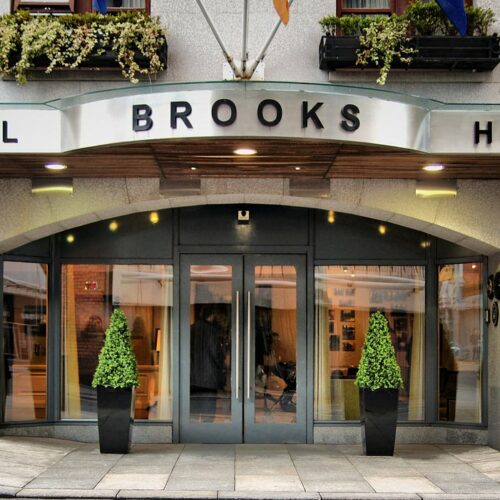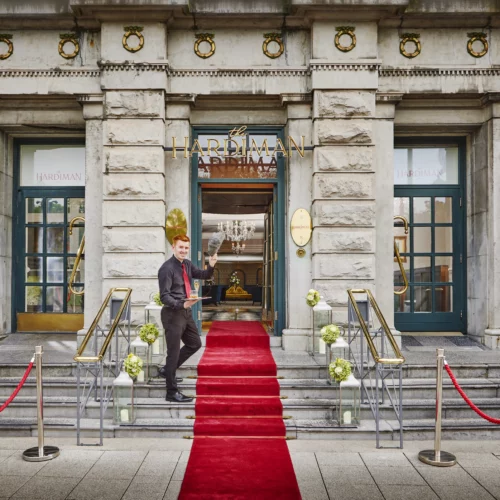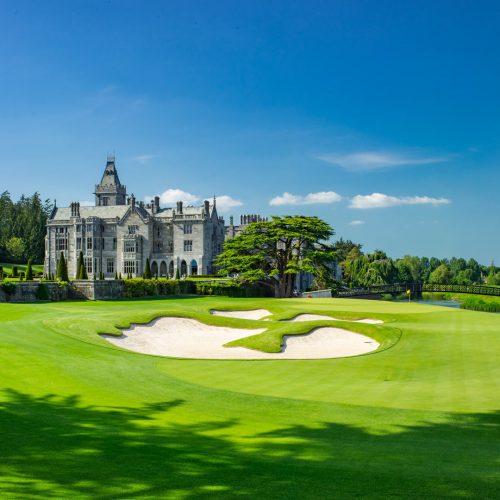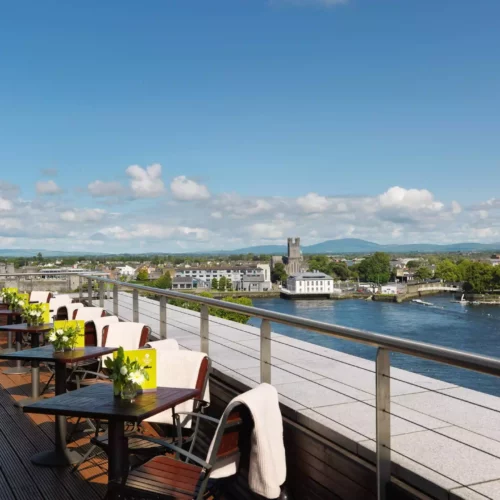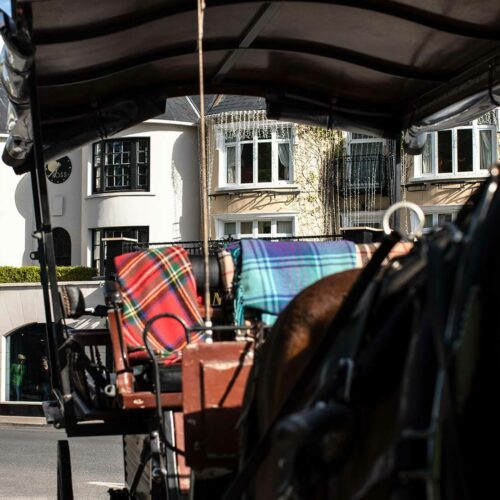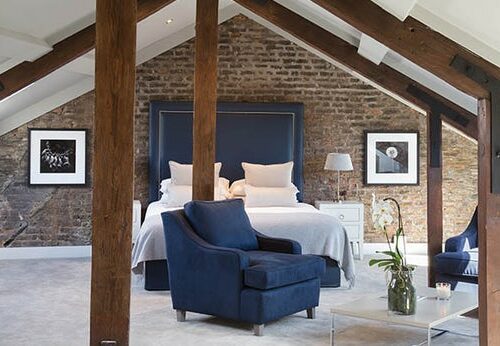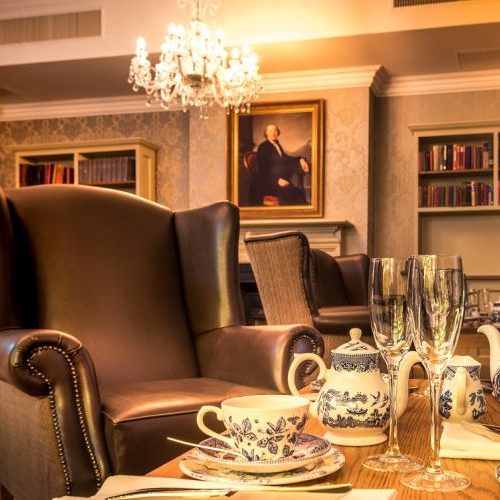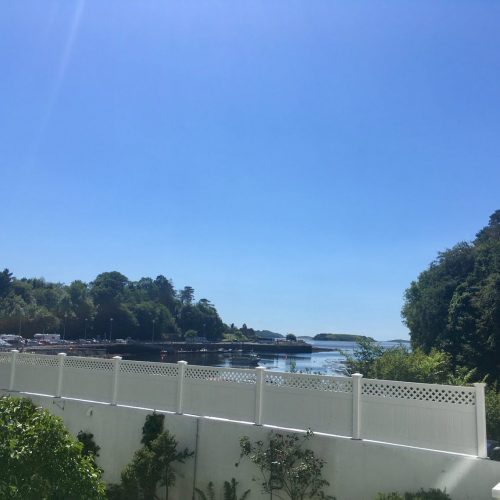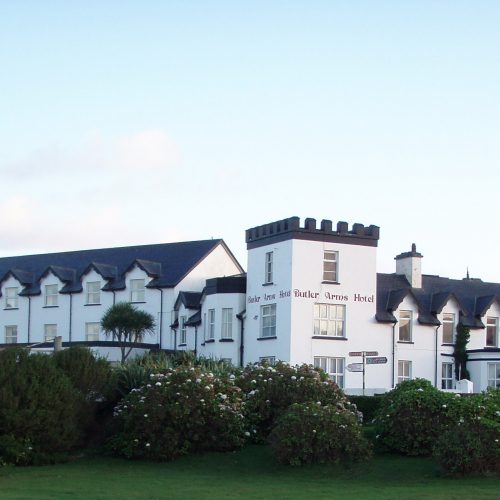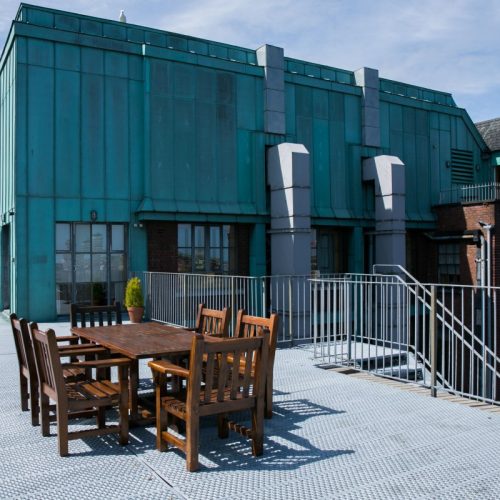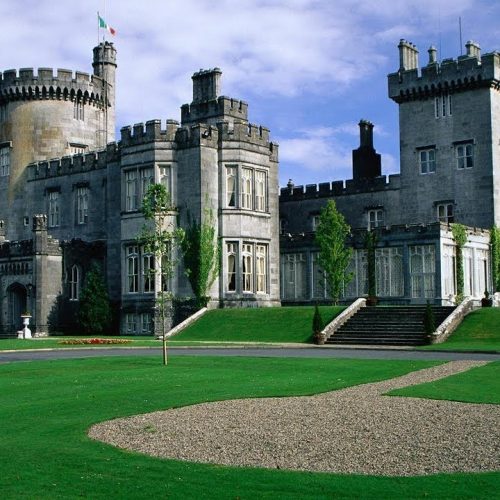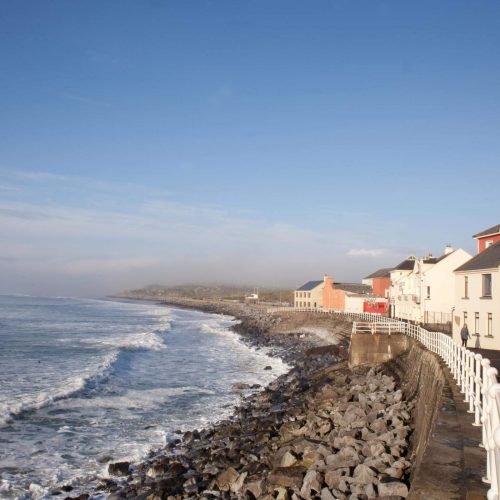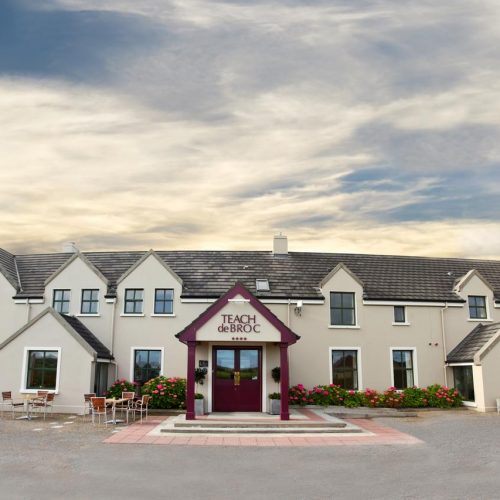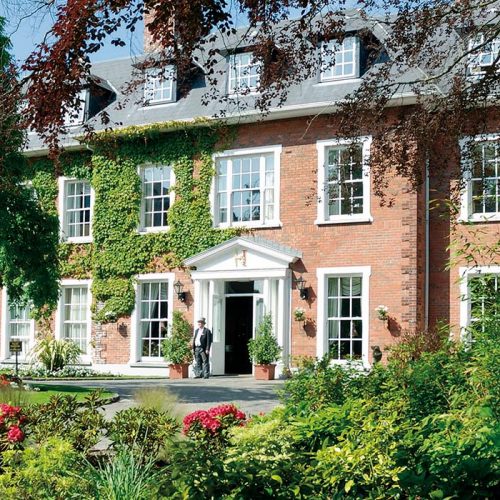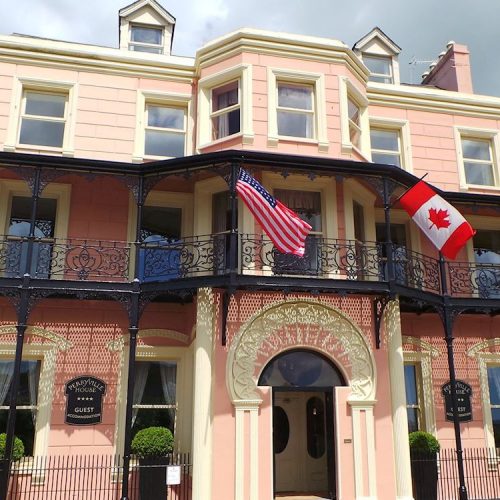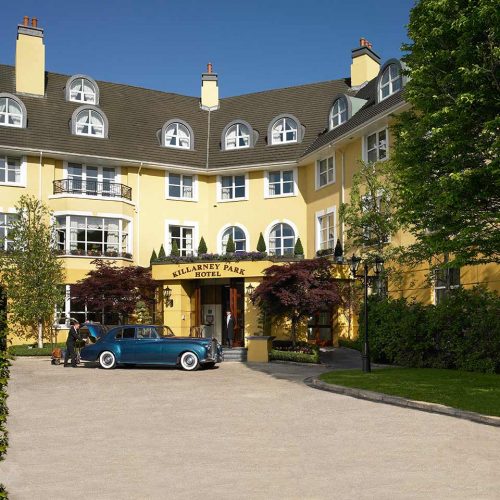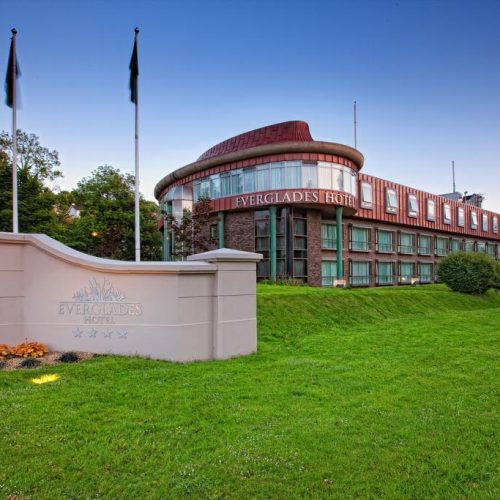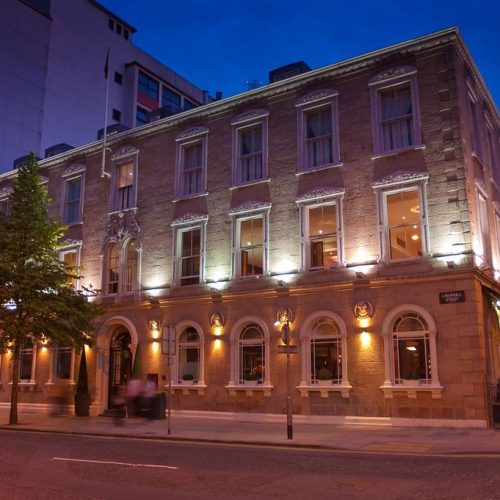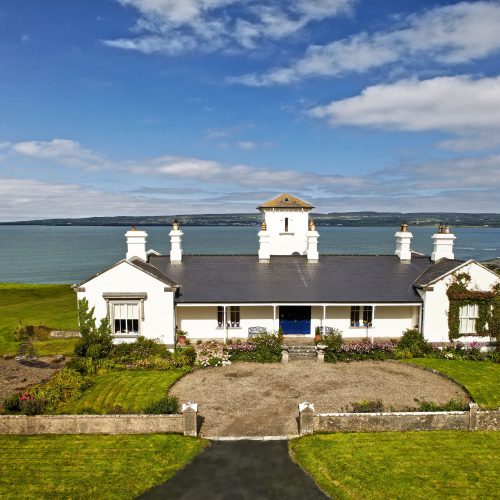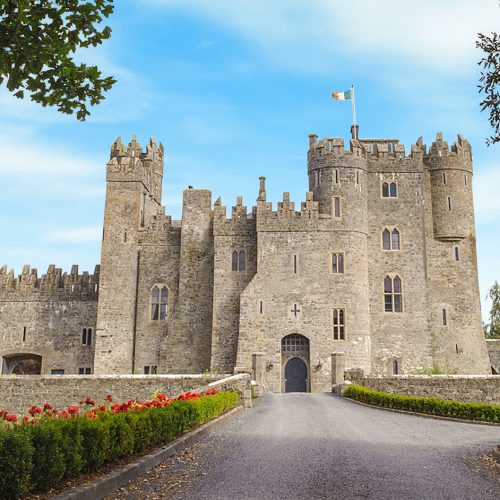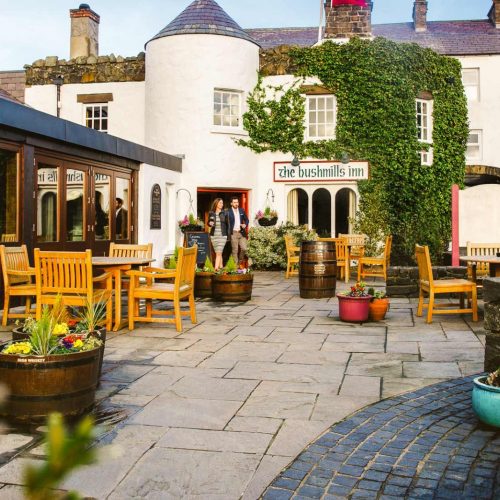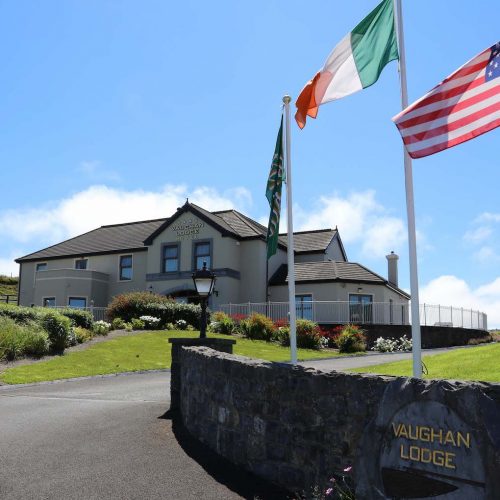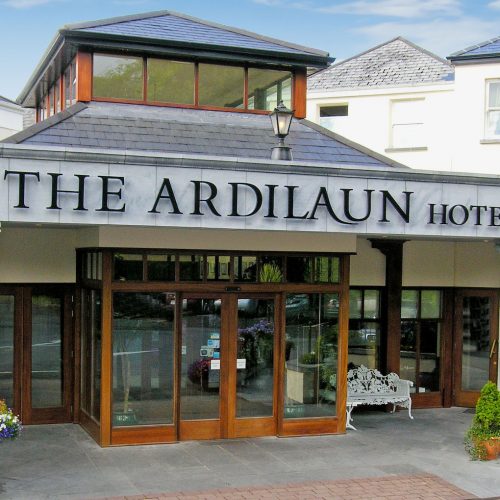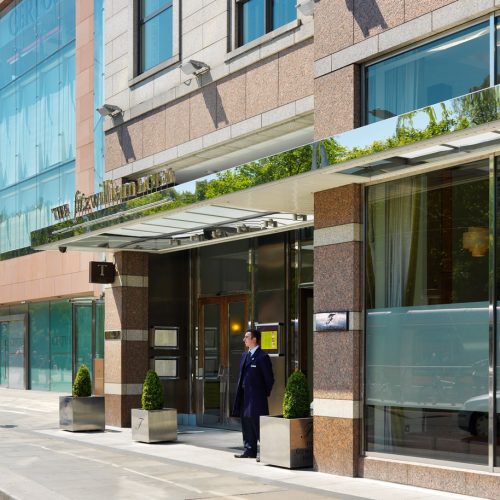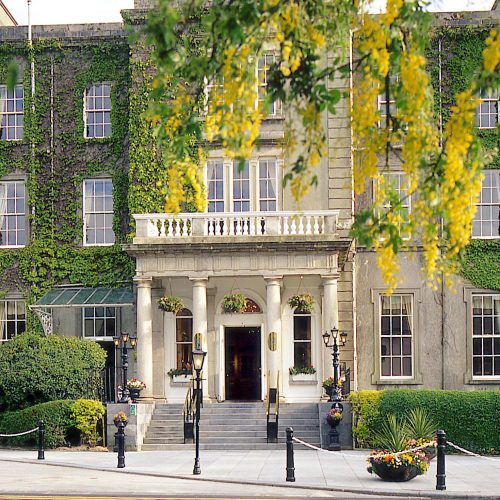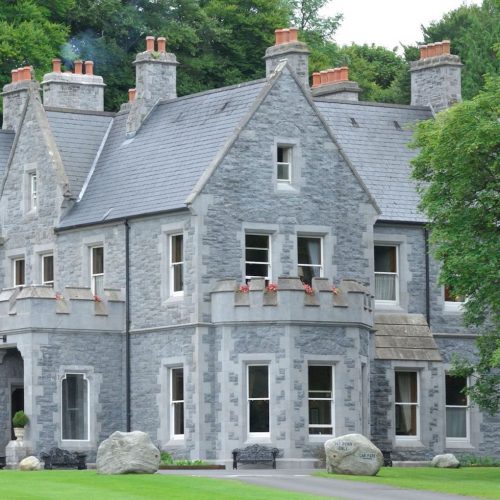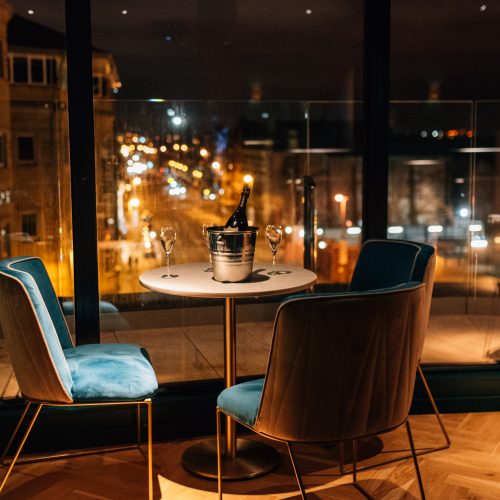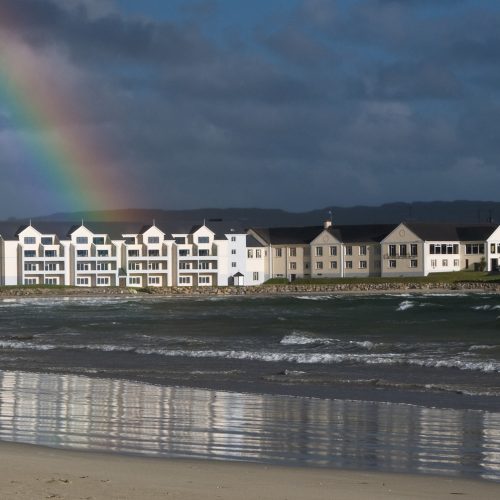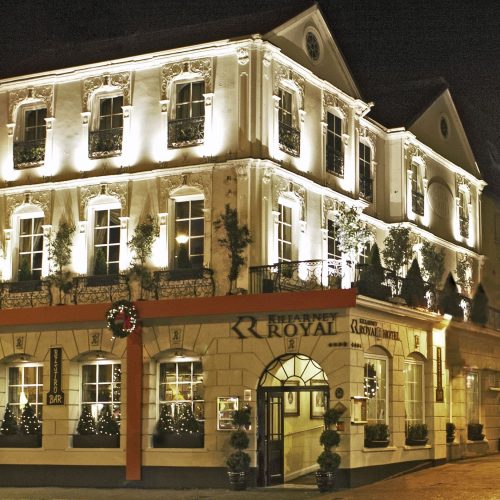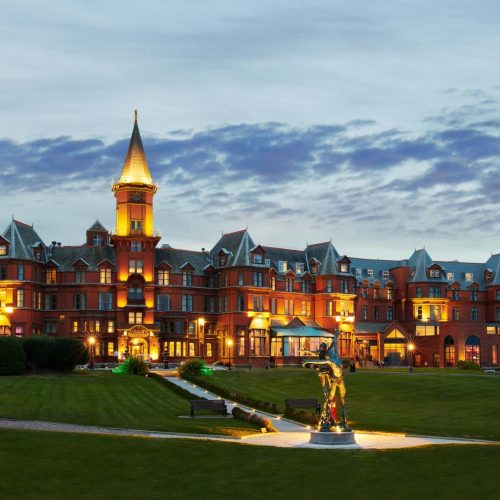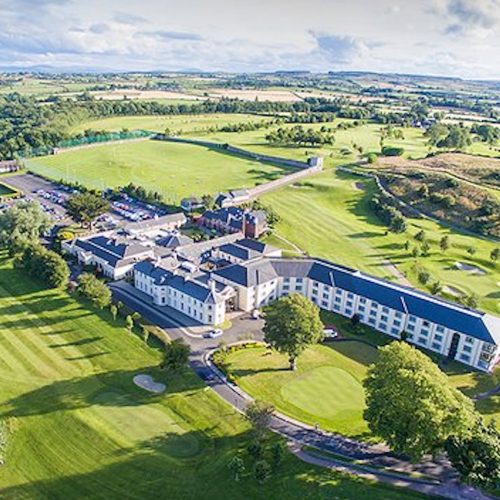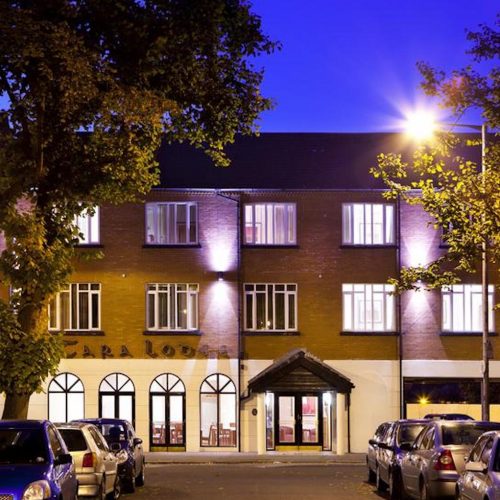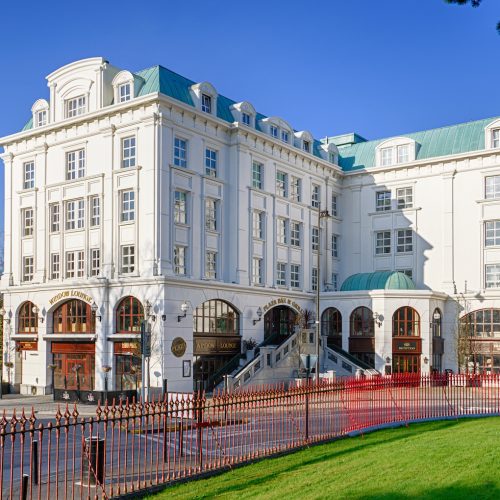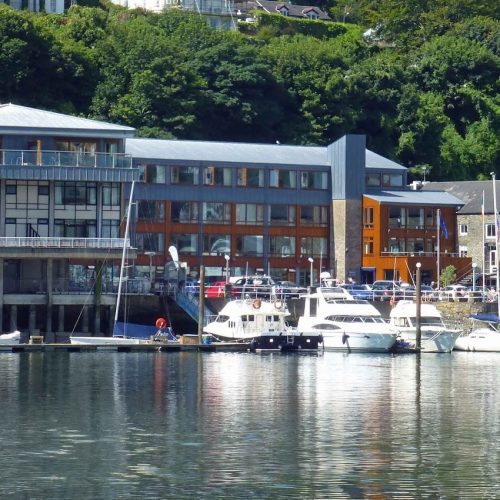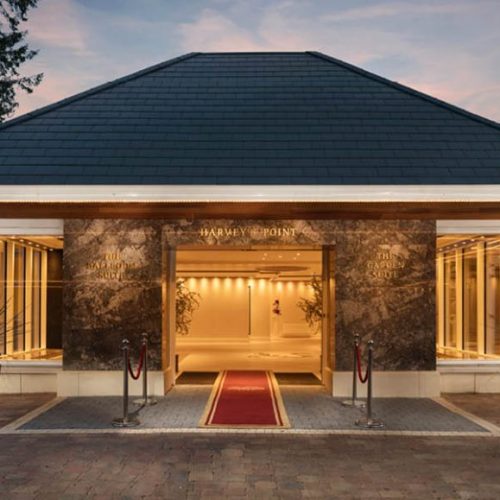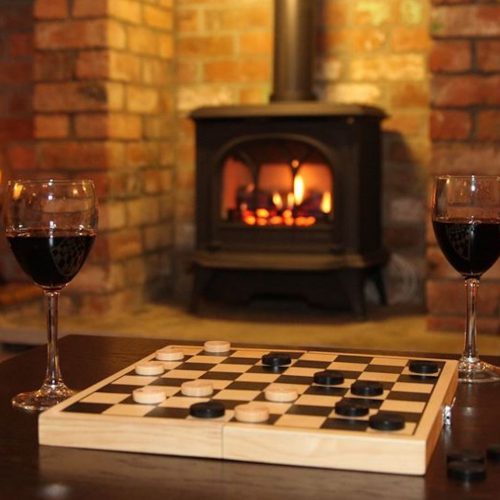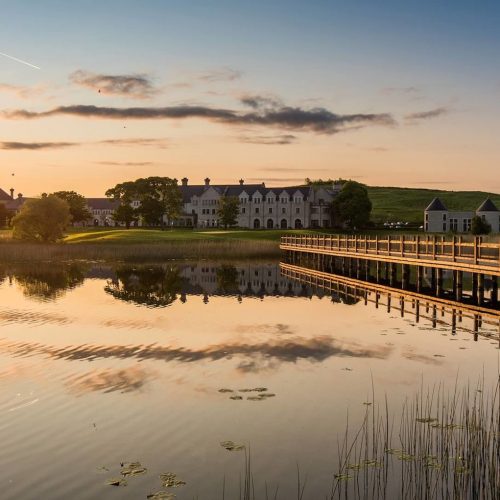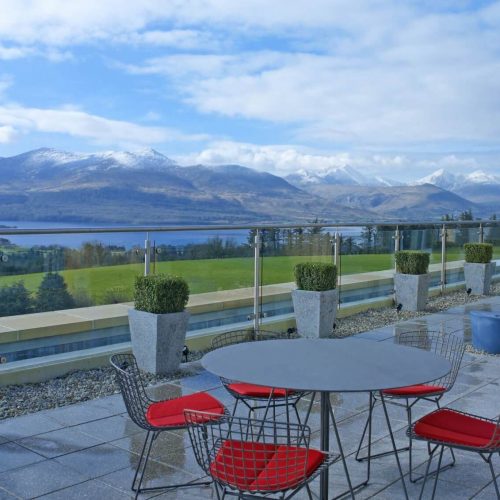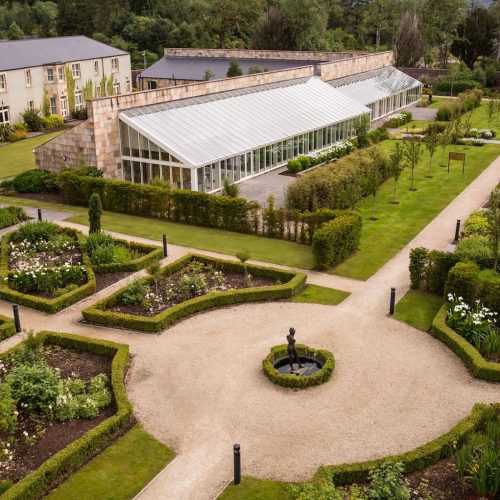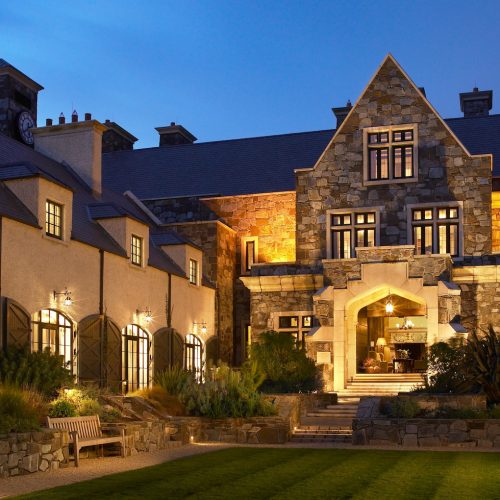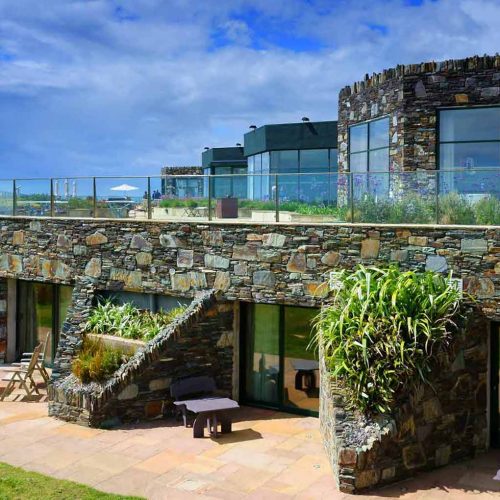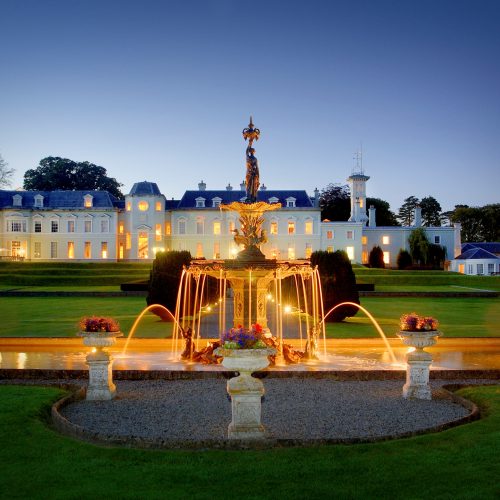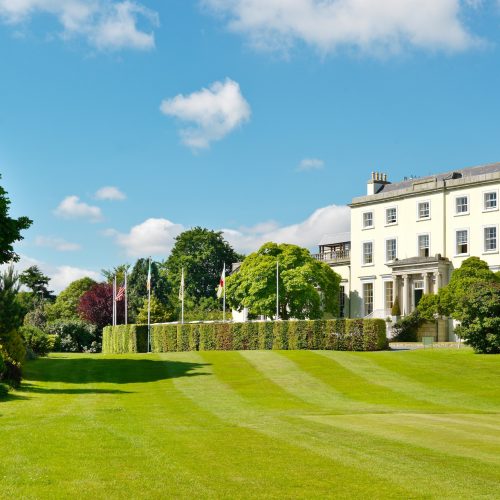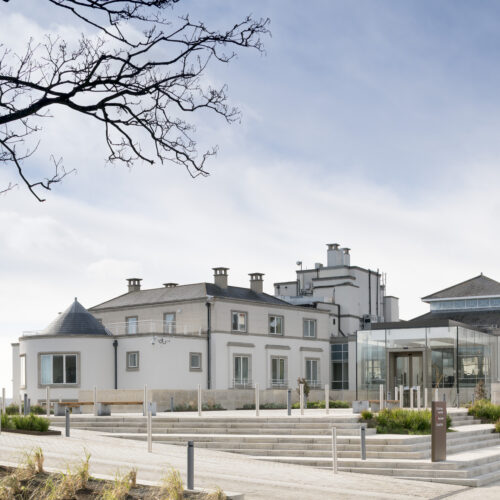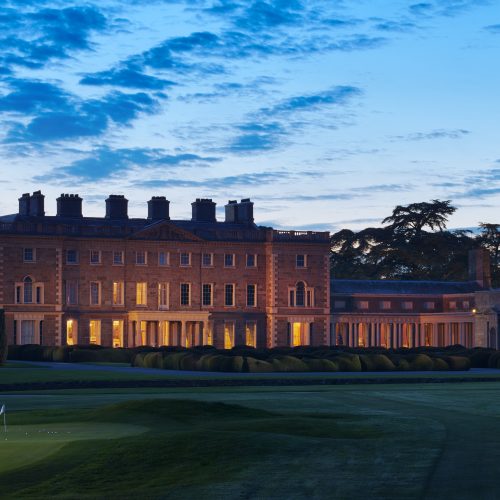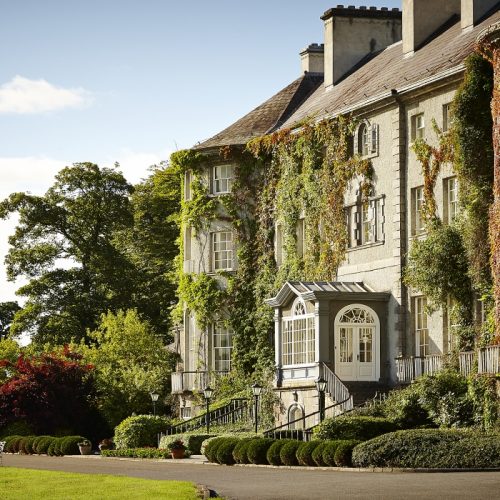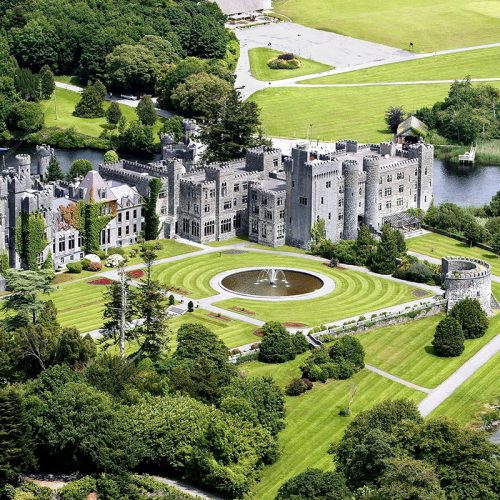Europe
Ireland
LAND OF MUSIC AND STORY
Why We Love Ireland
“Through streets wide and narrow” Dublin is a city made for exploration, from the River Liffey to the shady corners of St Stephens Green. And at night, over a pint of Guinness and with the sounds of a band of guitar, fiddle, pipe and drum, the songs of the Irish folk, their battles of love and war, reveal the inner soul of the people. Out across the green island, from the mountains rising from the sea on the Ring of Kerry to the windswept moors of Connemara; the peaceful farms of the south and east to the rocky peaks of the north, that beautiful inner spirit of a proud and welcoming people is always present.
Contact your Distincte Travel Advisors to personalize your travel experience.
+1 877 327 0058
Top Destinations in Ireland
Overview
 Though in size Ireland is a relatively small country, it is a nation rich in resources for a traveler. Whether one plans to visit Dublin, one of Europe’s most vibrant and exciting cities, to explore the vast green spaces of the island’s interior, to experience the scenic beauties of the country’s thousands of miles of rugged coastline, or to soak in the rich and varied history of the Irish people, Ireland offers rewarding experiences of all kinds.
Though in size Ireland is a relatively small country, it is a nation rich in resources for a traveler. Whether one plans to visit Dublin, one of Europe’s most vibrant and exciting cities, to explore the vast green spaces of the island’s interior, to experience the scenic beauties of the country’s thousands of miles of rugged coastline, or to soak in the rich and varied history of the Irish people, Ireland offers rewarding experiences of all kinds.
Perhaps the country’s richest experience can be found in encounters with its people. Friendly, feisty, and unforgettable, the Irish character is full of bonhomie and banter and, yes, a bit of the blarney. But the Irish are almost uniformly welcoming and gracious, and proud of their rich history and culture.
And that culture is seen everywhere one goes on this lovely island. From the prehistoric standing stones to the soaring modern cathedrals, one can explore the pathways of Irish civilization in every village, township and city. The stories and characters from the pages of Irish literature come alive in the narrow lanes of its cities, and the music of the Irish soul echoes still across the land.
Ireland is a country that rewards exploration, from the busy city streets of Cork and Galway and Kilkenny to the desolate wilderness of the Wild Atlantic Way coastline. Great scenic vistas of the Dingle Peninsula or the Connemara coast contrast with five-star urban palaces and Michelin-starred restaurants in the big cities.
Very often, the first thing an Irishman says upon introduction to a visitor is “you’re welcome.” It can sound slightly dissonant until one realizes that they mean it: you are truly welcome as a visitor in Ireland.
Quick Facts
English is the first official language of Ireland and is spoken by more than 95% of the populace. Irish Gaelic (or “Irish”) is still spoken by about 35%, mainly in the rural areas of the country. Signposts often contain both languages.
The official currency is the Euro (€). The euro is divided by 100 cents. The U.S. dollar buys approximately € 0.88. Please check the current exchange rate before traveling, as it changes daily.
The electrical current in Ireland is 230V AC, 50Hz. The plugs used are the same as in the United Kingdom. Visitors may need power converters and plug adapters.
Internet connections and WiFi spots are found throughout the country. Most major hotels provide good accessibility.
Visitors from the United States (and most other Western nations) are not required to have a tourist visa to enter Ireland. A valid passport is required for entry.
Tap water throughout Ireland is treated and purified and is safe to drink.
Ireland is in the Irish Standard Time zone, which is GMT +1. Ireland observes daylight savings time from the last Sunday in October to the last Sunday in March. When it is noon in New York, it is 5 p.m. in Dublin.
Although visitors arrive year-round, Ireland’s peak tourist season is in the summer months: May through October.




